These days, talking about our bodies isn’t as taboo as it was anymore. Even in conservative Asian cultures such as ours, we’ve shifted towards franker discussions of our relationship with sexuality and self. In ‘Intimates’, we’d like to kickstart open conversations about the wellness of our private parts—in both the physical and psychological sense. Today, we talk about receding hairlines among young men.
All photography by Liang Jin Tey for RICE Media.
Less than a minute after I asked Ridhwan Hardi if I could profile him for this story, he sent me a picture of his dome, an open invitation to examine his scalp.
Typically, the top of his head is shaved smooth. I now see why he does so. The pattern of his hair is not unlike Mr Burns from The Simpsons, only with shorter tufts. It’s something you might commonly see among men in their sixties. But Hardi is only 33.
Sure, he replied. “I’m not sensitive about it.”
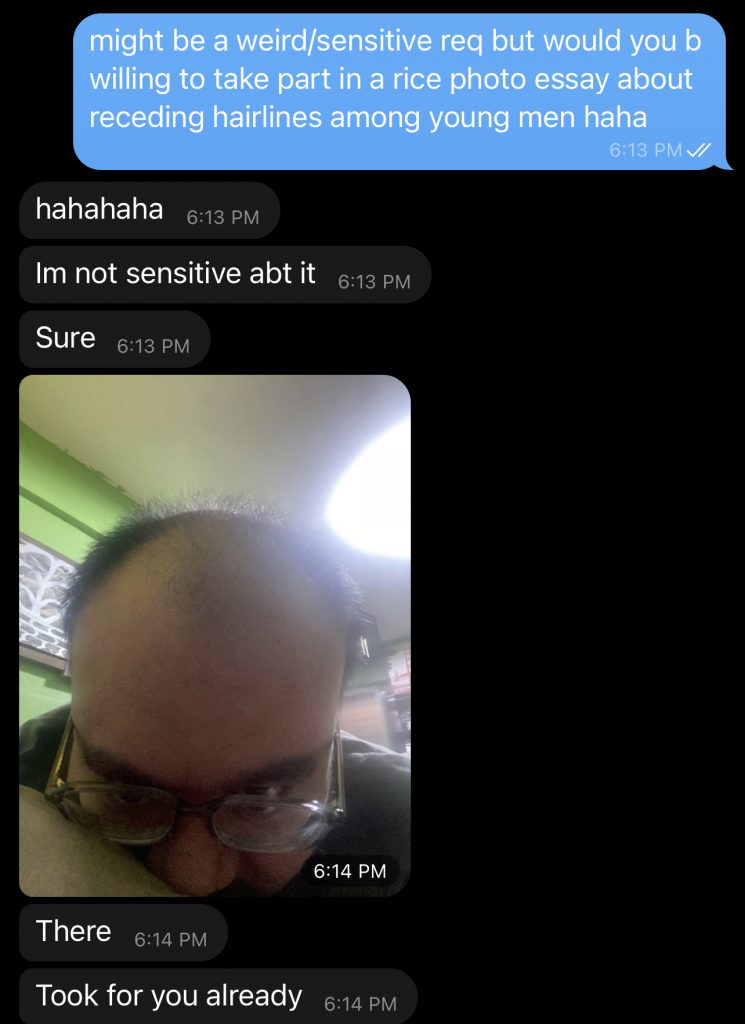
Like Hardi, many men in Singapore are afflicted with hair loss at a young age.
Around three in 10 men aged 17 to 26 get hit by receding hairlines — androgenetic alopecia (or pattern hair loss) is the most common type of hair loss among adults in Singapore, offers Dr Kevin Chua, an aesthetic doctor who consults for Noah, a digital clinic for men’s health in Singapore.
“In some cases, there have been men in Singapore who experience hair loss of male pattern baldness as early as 15 or 16 years old,” he says.
I weep for the teens who have to go through that experience. Puberty is a shitshow, and I can only presume that going bald while at it is a septic tank of putrid anxiety.
Men facing male pattern hair loss have their genes to blame. Dr Chua explains that hair follicles are genetically inclined to shrink in response to a male hormone known as dihydrotestosterone, or DHT. Having high levels of it shrinks hair follicles, resulting in thinner hair that can eventually stop growing entirely.
Stress can also be a factor of course, and we all know the past year hasn’t exactly been a time of serenity. As brushes and shower drains tangle up with more fallen locks, Google searches for hair loss, hair loss shampoo and hair loss treatment visibly increased since the pandemic.
Confidence is Follicle-deep
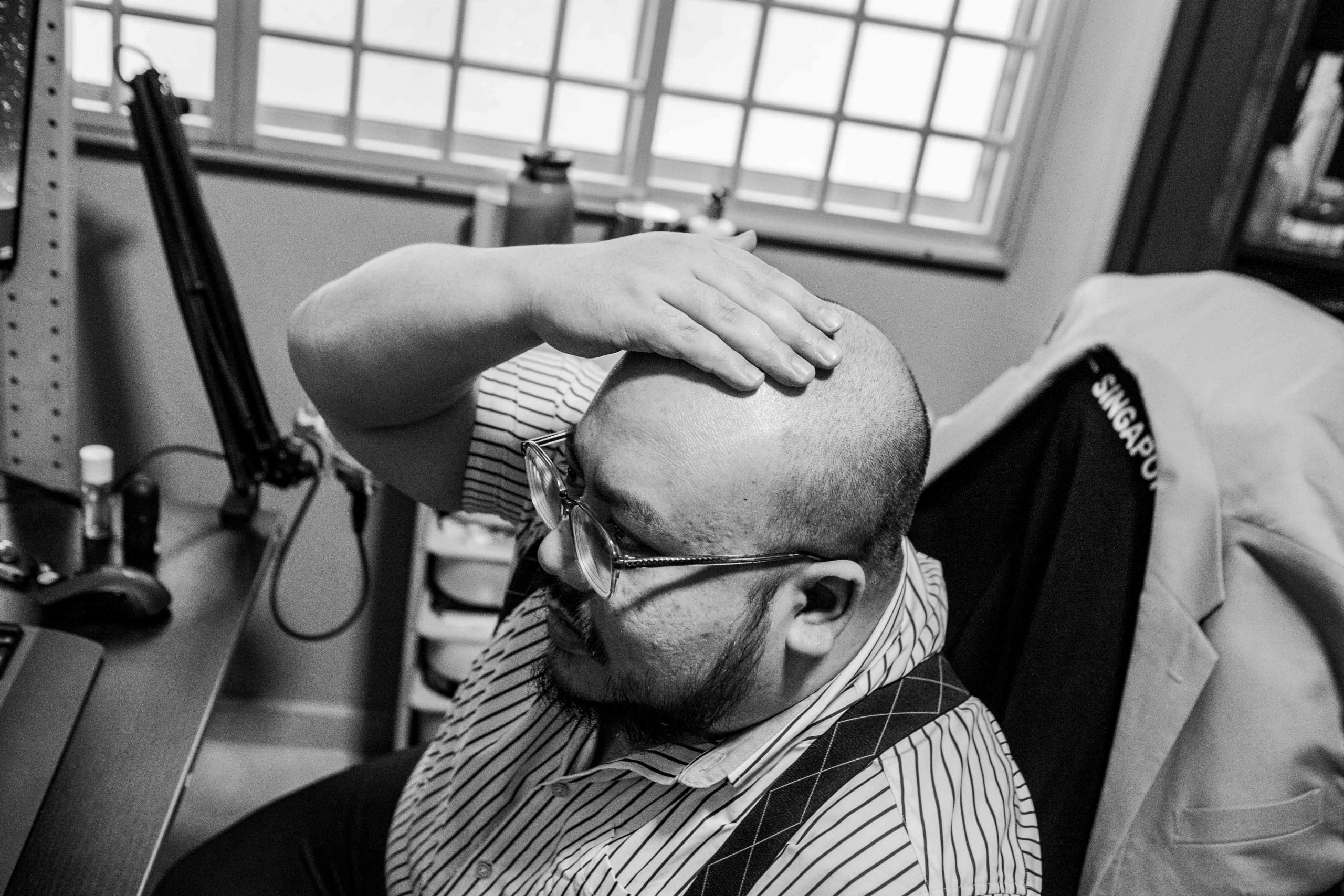
While Hardi may be blasé about it, the embarrassment other men feel about losing their precious hair hasn’t diminished over the generations. Perhaps the shame traces back to biblical times — Samson’s long unshorn hair is the source of his superhuman physical strength.
In essence: hair symbolises masculinity. Many men who’ve bitterly laughed off punchlines about sporting a shiny, reflective noggin know this to be true.
Hardi, however, is one of the most self-assured men I know, and that’s even before the trait came in handy for his career as a financial consultant. He started losing his hair when he was 26, and as a broke university kid without the means to undergo hair treatment, he embraced it immediately.
“I did the most rational thing. I shaved my head and grew out my facial hair,” he recalls. And it’s a good look too, I must say. Hardi attributes it to having a “nice round head” and having the luck of being able to sprout a decent amount of facial hair.
While it’s the opposite scenario for me (good head of hair, Chernobyl-sparse whiskers), I can relate to having a hairline that goes up high.
Shaun Ho is familiar with this concern, having realised during his time in national service that a prominent luohan-esque forehead was not as common as he thought it was.
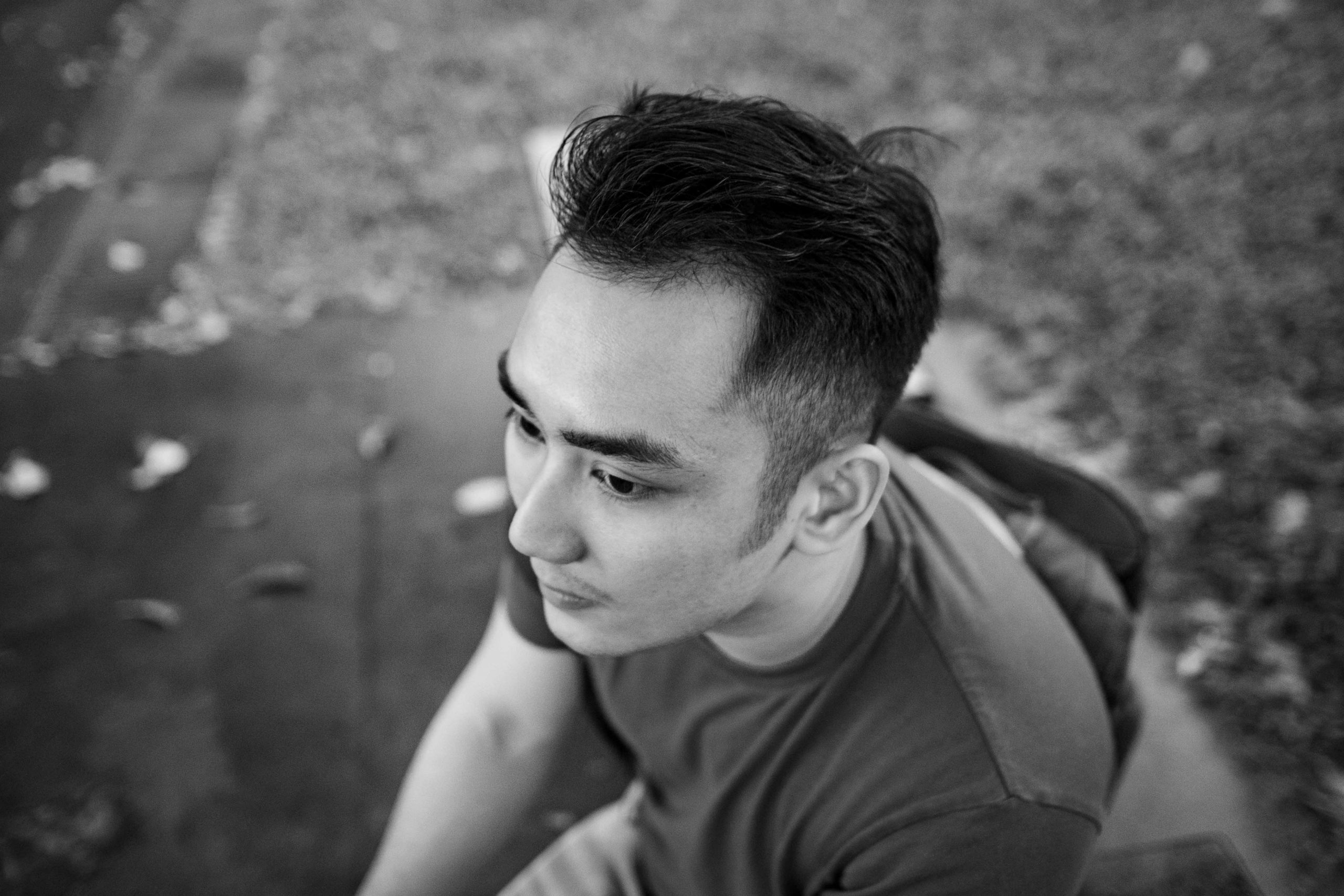
But the 27-year-old production compounder soon learned he wasn’t the only one facing a receding hairline. One popular remedy during his time in the army was Alpecin Shampoo, and together with a bunch of fellow anxiety-ridden platoon mates, they pooled money to try it together. It didn’t make much of a difference.
Perhaps it was the testosterone-filled environment of national service, but it’s interesting to note that even then, among boys as young as 18, hair loss ranks high in the list of concerns. Dr Chua isn’t surprised.
“From what I have seen, one of the most common effects [of male pattern baldness] is men showing signs of a lack of self-esteem and some forms of anxiety,” he offers.
Going bald is horrible, that’s for sure. Since it’s hereditary, hair loss is uncontrollable, and that loss of control over self triggers all sorts of psychological issues, like body dysmorphia and a presumed reduction in quality of life due to a prevailing sensation of “ugliness”.
There’s that sense of visibly losing one’s masculinity — men with good hair exude youth, virility and confidence. Baldness? That’s decay.
Or so it used to be. For both Hardi and Shaun, receding hairlines and outright baldness haven’t been the foundation of insecurity, if any at all.
Hardi came to terms with it pretty quickly, after all, staying positive about his body image despite the hair loss. Shaun admits that he does feel emotionally affected when he gets teased by his peers about his receding hairline but eventually found that he could still look presentable if the time did come to shave his head.
Blooming Virility
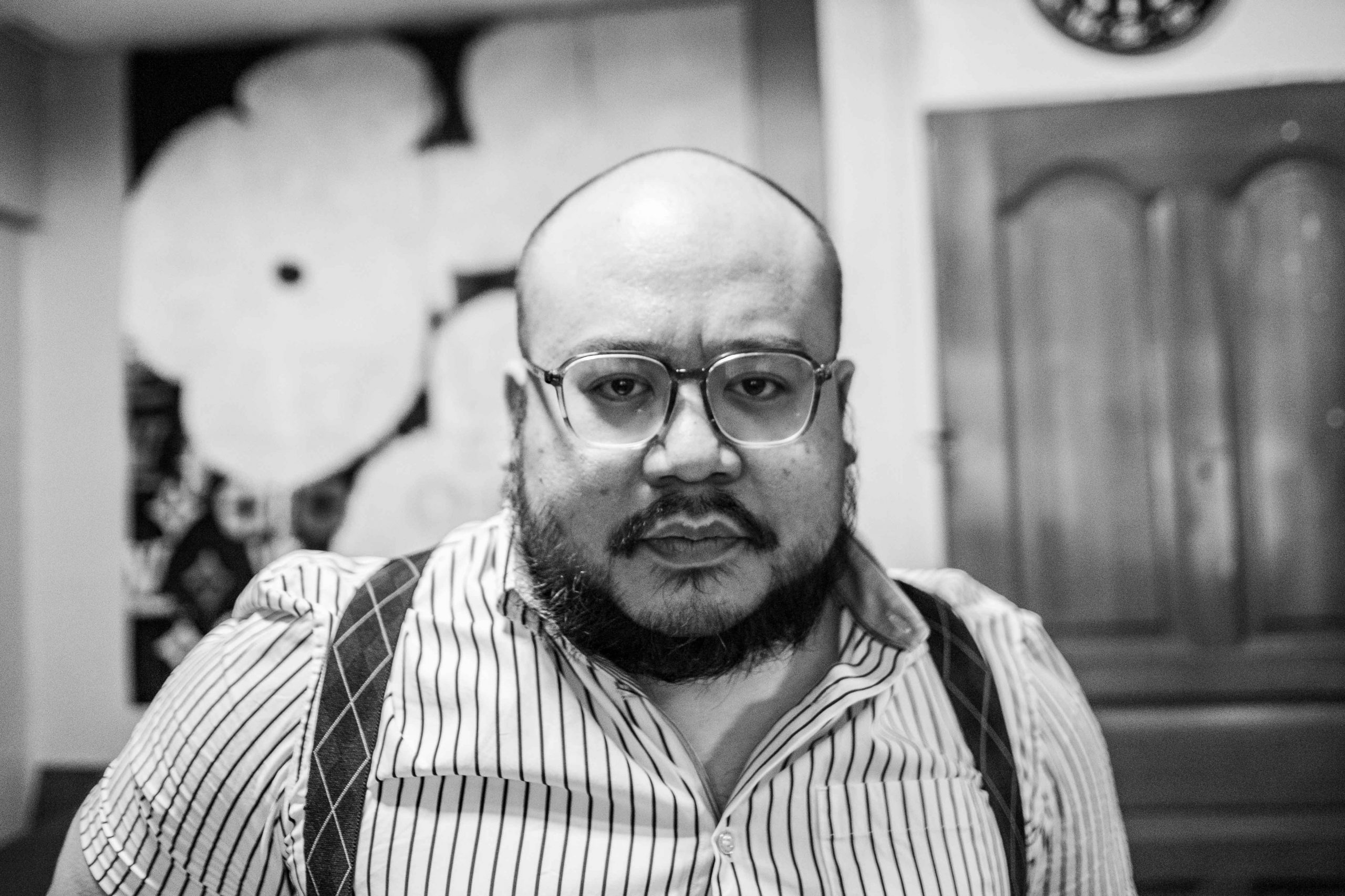
A quick poll among female colleagues at RICE elicited a majority vote that they would not want to date baldies. Probed further, they reconsidered, mentioning that it boils down to how a man carries or presents himself.
“I’d prefer a clean, well-kept bald man over some guy with greasy dandruff-covered hair,” one colleague remarked. Hair or no hair, being well-kept is all that matters.
I can say the same for Hardi, a man of snazzy suits and shirts, as well as a long history of ladies before getting hitched. Though I already knew the answer, I asked if his (lack of) hairline ever did hold his love life back.
“Actually, once bald, my confidence and self-esteem grew because I felt a lot more attractive — and the partners I have had since then have always been attracted to me because I am bald,” he ponders.
“But again, I am lucky because the bald look works for me.”
It’s the same for Shaun when it comes to attracting the opposite sex.
“Not many ladies who interacted with me noticed or were aware of my hair loss, so probably it has not reached a level where most people see it unless they pay close attention or I tell them myself,” he says, though admitting that he hasn’t exactly gone on a lot of dates.
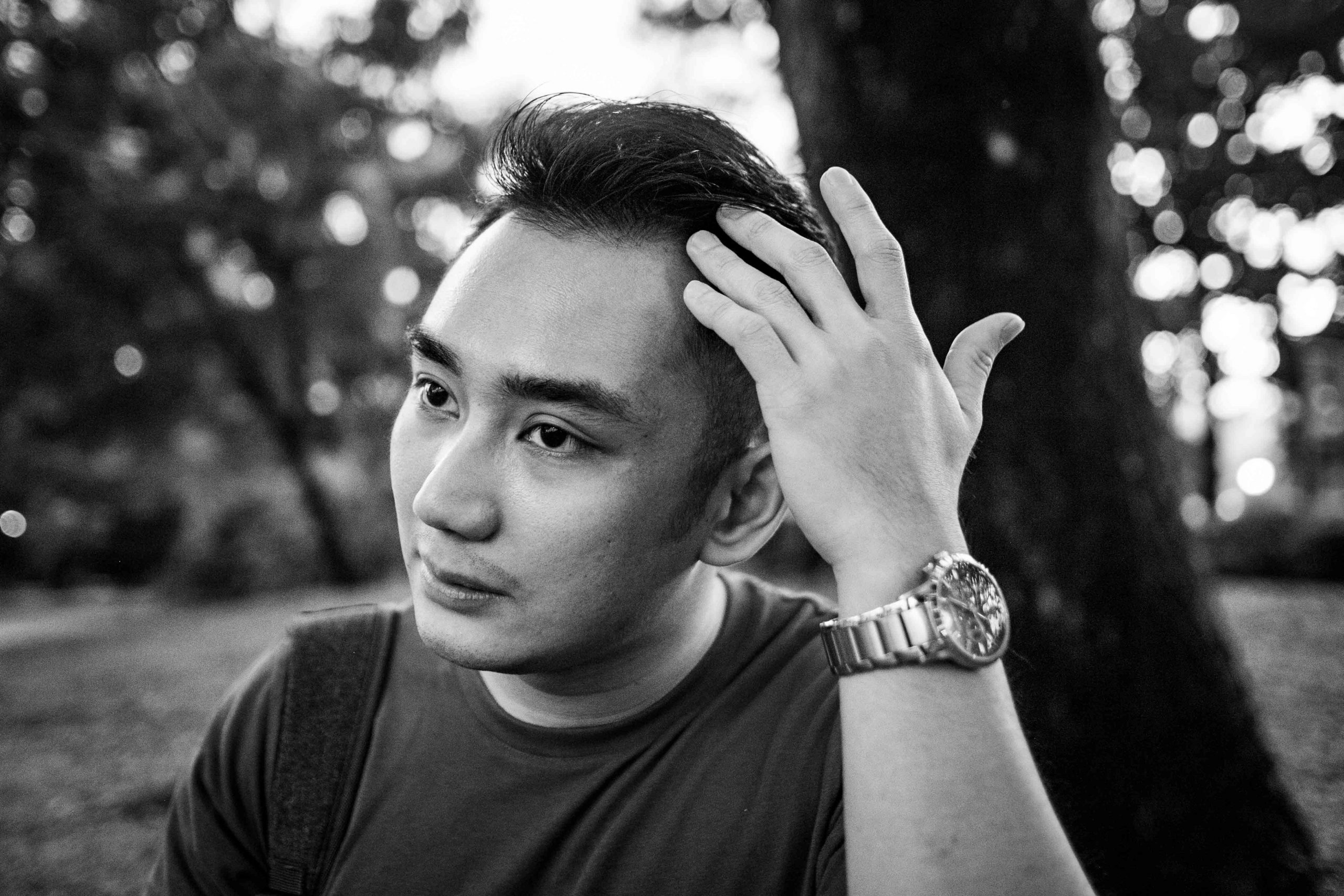
Be that as it may, the prominent ‘M’ shape of his hairline still spurred him to look for solutions — if only to give him peace of mind when trying to fit in with his more follicle-blessed peers.
According to Dr Chua, some commonly available remedies in Singapore include minoxidil foam sprays and finasteride pills that work well to reverse hair loss. In extreme cases, men can consider expensive hair transplants too if they aren’t willing to endure lifelong prescriptions or treatments.
As for Shaun, he started a subscription programme under Noah in February this year. Licensed doctors evaluated his pattern of hair loss and prescribed him some hair growth pills, which are delivered discreetly to his doorstep.
“The thing that appealed to me the most was the affordability and the simplicity,” he mentions.
“I was never one to care about being discreet as it was not a concern for me at all. It was more of the convenience of just swallowing a tablet every night.”
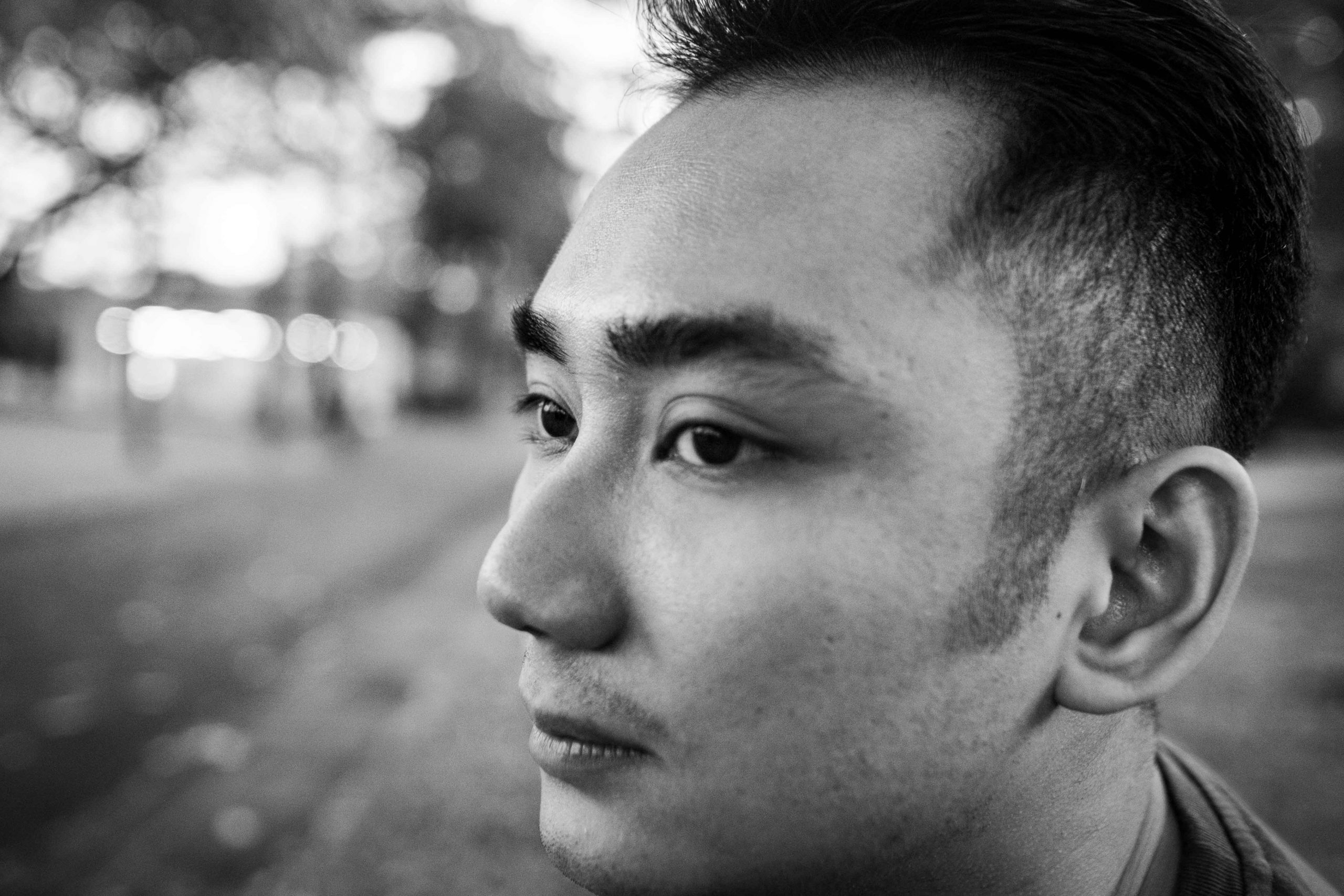
It’s still a wait-and-see situation regarding the results of his ongoing treatment, but Shaun remains optimistic. As he should be, since I can barely describe the man bald, though his M-shaped hairline remains conspicuous.
As for Hardi, he has long accepted being botak, but nonetheless believes that more men should be open to talking about such a sensitive issue.
“I feel they should, just to understand the pain some men who go through balding early in their 20s and 30s — and how it should not be such a stigma,” he says.
So is male pattern baldness something that needs curing? Honestly, it depends on how it affects men and their subjective sense of masculinity. Hardi brings up that at the end of the day, it boils down to how you carry yourself.
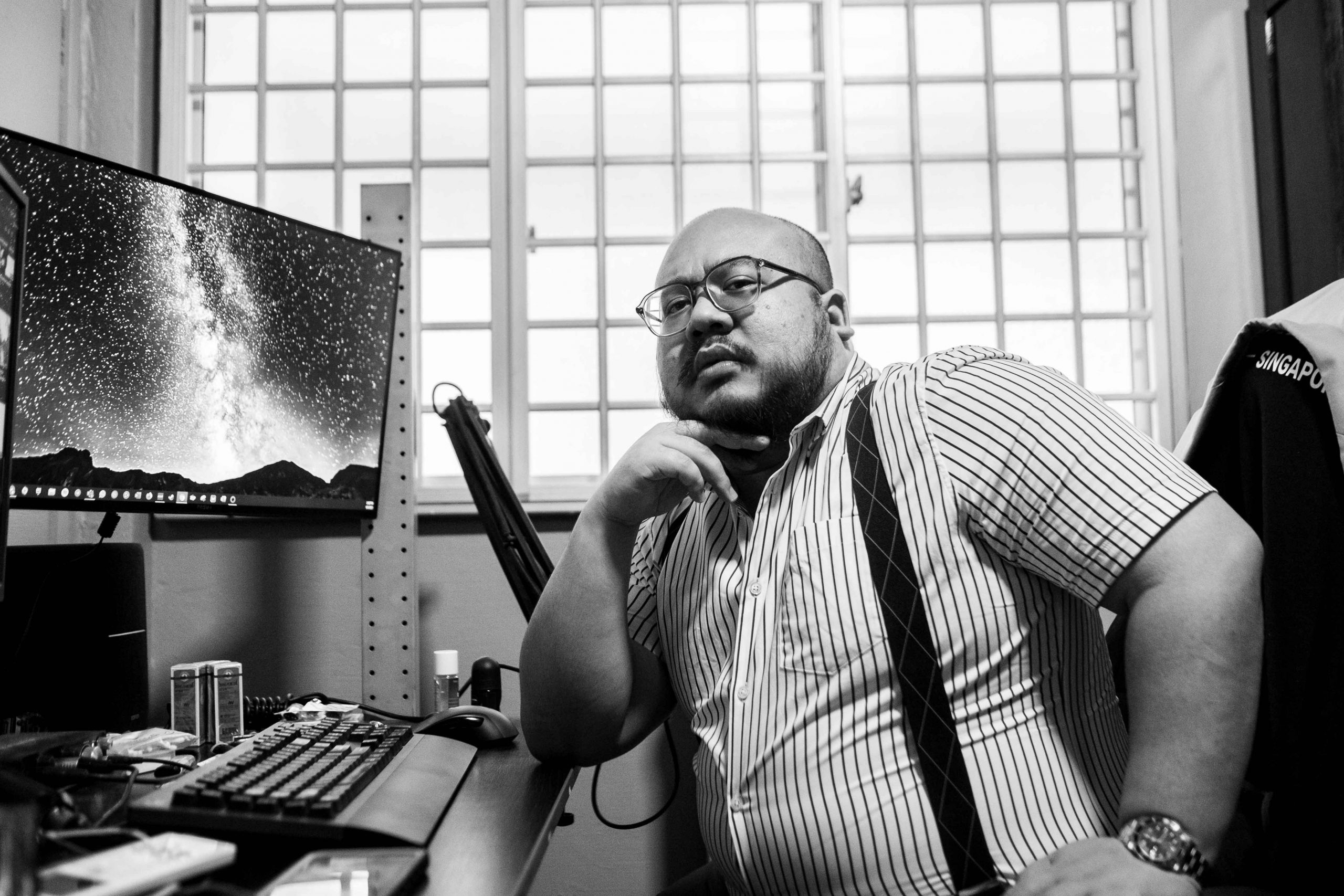
“Taking the extreme examples of celebrities who exude this traditional testosterone-filled masculinity: Dwayne Johnson, Vin Diesel, and Jason Statham. Then you have the more woke masculinity icons like Terry Crews. I don’t even have to start with sports icons, from Andre Agassi, who lost his hair through his career in tennis, Michael Jordan during both his 3-peats, Zinedine Zidane who rocks a balding look till today, and Kobe Bryant during his second half and post-basketball career, just to name a few.”
Shaun points out that all Singaporean men already accept that hair loss is an inevitable part of growing old. But the hard part is accepting the fact that not everyone has the same starting point. Some face it earlier, some face it later. The lucky ones may not even experience it in their lifetime.
Botak is Beautiful
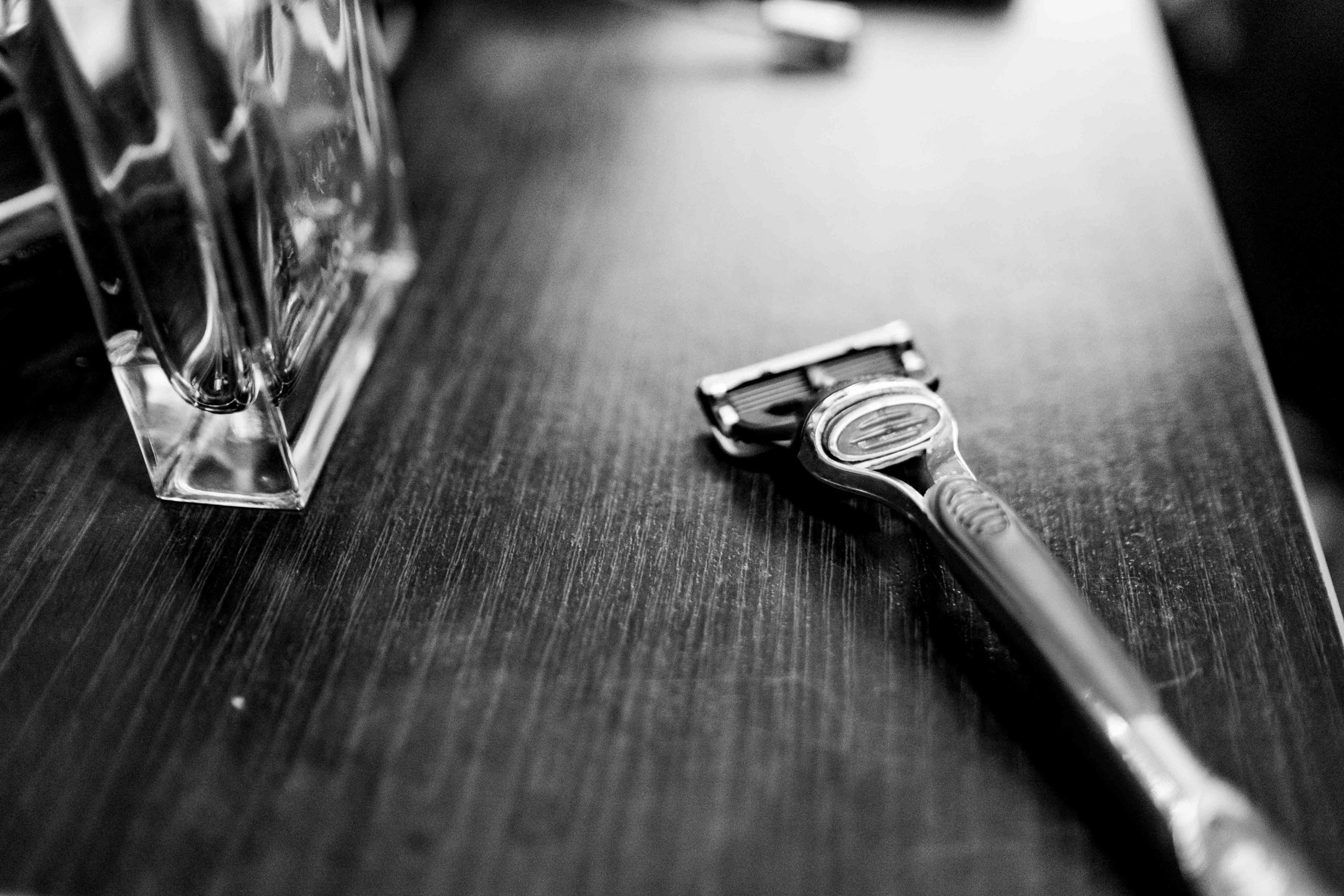
Personally, I hope to never have to face the final step of crossing over from balding to straight-up bald. I can’t pull it off as well as Hardi — I’d probably end up looking like a human flagpole cosplaying as Bruce Willis.
It’s said that Julius Caesar’s self-consciousness led him to hide his receding hairline with a laurel wreath crown. Crowns have gone out of fashion, but if you’d like one in the form of healthy hair growth, I’m glad to know at least that it’s not entirely impossible to obtain today.
Only if I want to, of course. Loads of people are bald, but what’s in your head is more important than what’s on it. No amount of combovers and forays into fedoras will be able to hide the fact that you’re uncomfortable in your own skin.
Botak can be beautiful — you just have to wear it loud and proud on your head.






